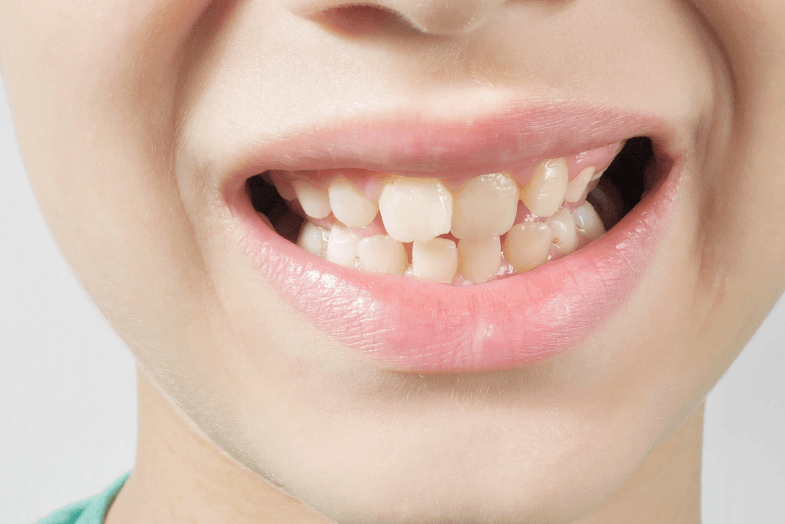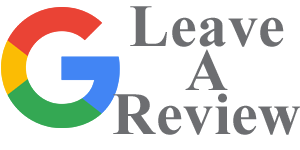Our orthodontist, as well as the American Association of Orthodontists®, recommend that children visit an orthodontic practice for an evaluation when they are seven years old. Parents may think that this age is too young, but it is actually a crucial time period in which we can most effectively correct any skeletal imbalances your child may have in the jaw and face. Dr. John Fleming use dentofacial orthopedic appliances during this phase one treatment in Johns Creek, Georgia, in order to redirect the growth of these skeletal structures, preventing future problems and the need for invasive jaw surgery.
What Is Phase One Orthodontics?
Phase one treatment, which has also referred to as early orthodontics or interceptive orthodontics, is a kind of preventive orthodontic treatment for young children that makes the most of their still-growing jaw and skeletal structures, gently guiding their development to encourage future health, function and beauty. Your child will likely benefit from phase one orthodontics if they:
- Prematurely lose one or more primary (baby) teeth
- Have difficulty chewing or breathing correctly (including mouth breathing)
- Show signs of a misaligned jaw or bite
- Have protruding teeth that are prone to accidents



When our team corrects these structural issues early on, we can prevent them from becoming worse and from causing other problems to develop. The treatments we offer at Quality Orthodontic Care can improve the function of your child’s jaw, allowing them to chew, swallow, and speak easily and correctly. Early orthodontic appliances, such as palatal expanders, manipulate jaw growth to prevent the need for oral surgery in the future.
Why Is Phase One Important?
Issues with orthodontic alignment or skeletal structure are always easiest addressed before the jaw and facial structure have finished developing. Our team recommends treating these issues as soon as they become apparent, especially if orthopedic attention is needed. Phase one treatment not only encourages proper jaw function for easy chewing, swallowing and speaking, but it also enhances your child’s chin profile for greater self-esteem. One of the primary goals of phase one orthodontics is ensuring that all your child’s adult teeth have room to erupt in their mouth so they can avoid jaw surgery or tooth extractions in the future. Failure to address these problems early means they will only worsen and become more difficult to treat as the child grows older.
Parents may fear that since their children are so young during phase one treatment that they will struggle to comply with the necessary procedures. However, we have found that when children understand the reasons for orthopedic treatment and how they can help, then they are usually willing and able to cooperate with us.
What Can I Expect From My Child’s Treatment?
Our phase one orthopedic treatment typically lasts about 12 months and is performed when your child still has primary teeth in their mouth. Office appointments during treatment are usually 3 to 12 weeks apart, depending on the severity of the problems we are correcting. After phase one treatment is completed, there will be a 6 to 24 month resting period while your child’s permanent teeth come in. This tooth eruption may occur more quickly than normal since your child’s mouth now has the space for these teeth after orthopedic treatment. Phase two treatment will involve the alignment of a child’s permanent teeth using braces, and this treatment usually lasts 12 to 18 months.
Full two-phase orthodontic treatment looks like the following:
Phase One:
- Lasting up to one year, phase one treatment may include tooth eruption guidance, bite correction and monitoring of skeletal growth.
Resting Period:
- During the resting period between phases, we may ask your child to wear a retainer or space maintainer to preserve the corrections made during phase one to encourage favorable tooth eruption.
Phase Two:
- Phase two begins with a reevaluation of your child’s teeth and jaws. Since the groundwork was already laid in phase one, phase two focuses primarily on tooth alignment, bite coordination and aesthetics.
Invisalign® First
After your child’s free initial consultation, our orthodontist will make personalized recommendations for their phrase one treatments. The effective, comfortable and hygienic option we recommend most often is Invisalign First.
Some of the benefits of Invisalign First include:
- Easy brushing and flossing
- No dietary restrictions
- No emergency visits required if the appliance breaks
When your child experiences our orthopedic and orthodontic care, then they can have an improved appearance, health and bite function for years to come. Please call our office at 770-609-3270 if you want to learn more about the treatments we provide.






